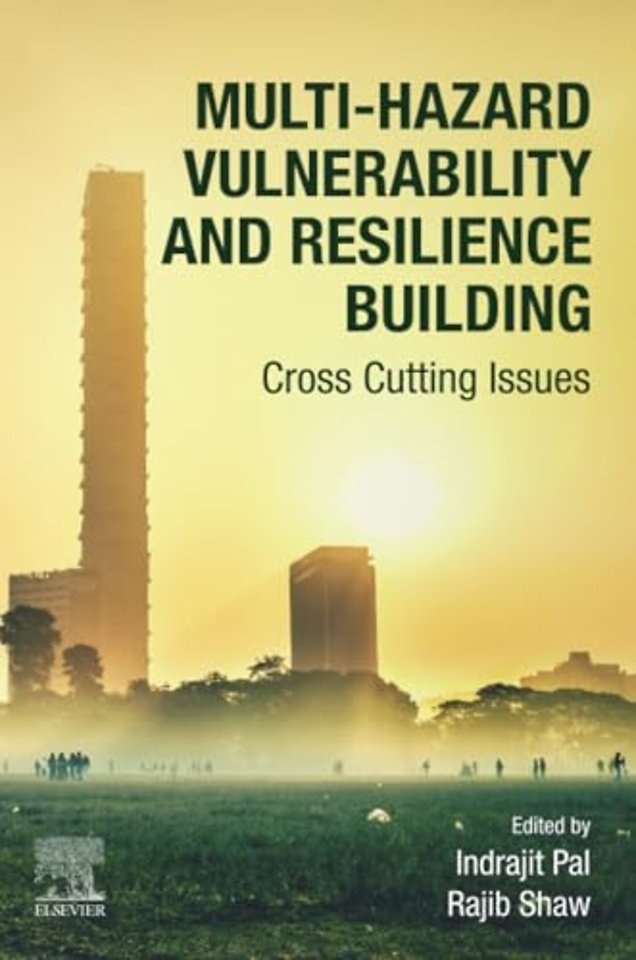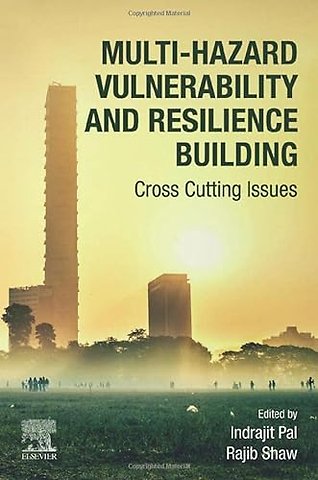<p>1. An overview of vulnerability and resilience building in the Asia Pacific region<br>2. Opportunities and challenges farmers face when Using indigenous knowledge to adapt to climate change in sustainable development in Mekong Delta, Vietnam (A case study in An Giang province)<br>3. Development of a disaster and climate risk ATLAS in Bangladesh: Methodology for quantification of risk<br>4. Sustainability assessment methodology for residential building in urban area - a case study<br>5. Comparison of the vulnerability assessment of step-back configuration and set-back configuration structures on hill slopes<br>6. A proposal for disaster risk management in the local level: lesson learned from earthquake prone area in Sengon village, Central Java, Indonesia<br>7. Community resilience for disaster risk reduction by engaging local governance in Bihar (India)<br>8. A working strategy for preparedness in Kerala schools: a suggestive study<br>9. Integrating indigenous knowledge with science to suitably tackle disasters due to climate and environmental change: an overview of the progress and way forward<br>10. Target E of Sendai Framework: current status and how to complete by 2022 end<br>11. Predict the critical load of rectangular concrete-filled steel tube columns with ultra high strength concrete with software ANSYS<br>12. Time-dependent reliability system of the continuous steel beam I-shapes with corrosion damage<br>13. An extensive study on damage assessment of earthquake-affected buildings in Nepal<br>14. Modeling soil erosion: Samanalawewa watershed, Sri Lanka<br>15. Efficient earthquake intensity measures for probabilistic seismic demand models of skewed RC bridges<br>16. Time-frequency analysis of ground motions from the 1999 Chamoli earthquake<br>17. Mainstreaming disaster risk management technical and vocational education and training (DRM-TVET) program in higher education institutions: flexible ladderized capacity building model amid COVID-19<br>18. Extreme flood analysis for Lower Indus Basin, Pakistan study under disaster risk reduction<br>19. Change in cropping pattern and soil health in relation to climate change and salinity in coastal Bangladesh<br>20. Strengthening capacity for disaster resilience of rural women in Fiji<br>21. Foundation of indigenous knowledge theory for disaster risk reduction<br>22. Critical infrastructure resilience in Eastern Economic Corridor of Thailand - a review</p>

